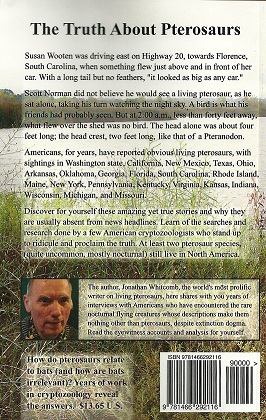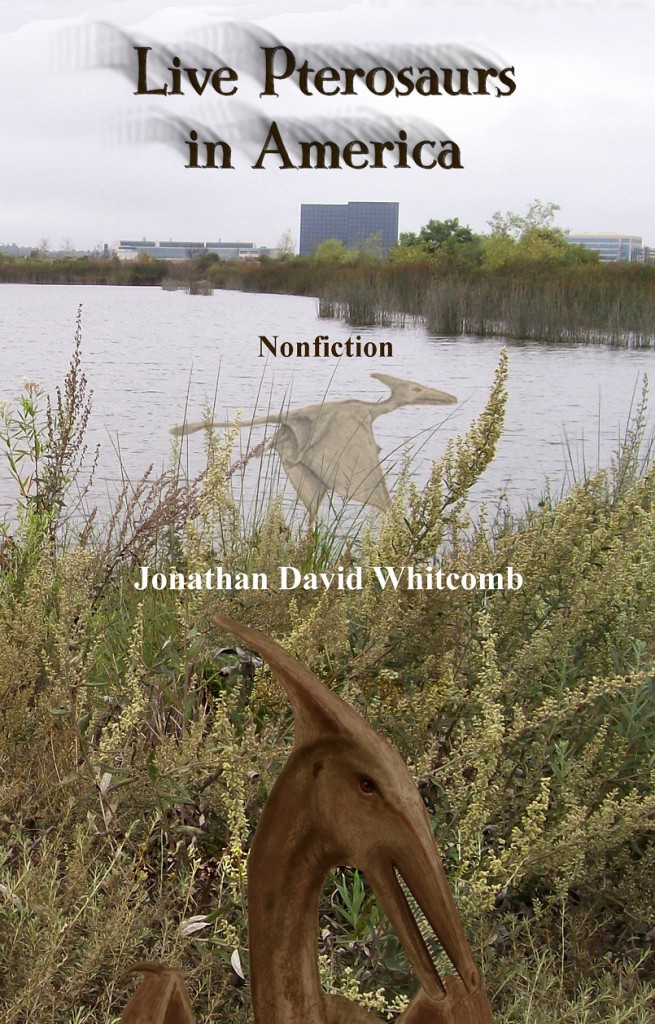For the moment, set aside those sightings that may have been mirages of common lights. In his book Hunting Marfa Lights, James Bunnell seems to take particular note of those car chasings that may have been only mirages, not actual chasings. Let’s now consider those sightings, within and without that book, in which car chasing seems unlikely to have been from any mirage.
Linda Armstrong was driving to Marfa, Texas, on the night of October 8, 2008, when she was startled to see a bright white light in her rear-view mirror; it seemed to be gaining on her car. Two aspects of her encounter each discredit the Fata Morgana mirage explanation: The light passed her and followed the curvature of the highway ahead of her. If the light had been a Fata Morgana mirage, it would have remained in the rear-view mirror, and it would not have followed the curvature of the road.
Judith M. Brueske, Ph.D., has written much about sightings of Marfa Lights, at least some of which are included in her book The Marfa Lights. I have taken the following accounts from her writings that were adapted for the book The Campfire Collection.
Ophelia Ward was alone, driving from Marfa to Apine, Texas, around 1973, when she looked south and saw what looked like a ball of fire approaching her van. The orange-red flying light appeared to be about two and a half feet in diameter, frightening her as it got closer. She tried to accelerate away from whatever it was, but the light kept up with her, flying alongside her van but just on the other side of the fence next to the highway. At about fifteen miles from Alpine, the light was gone. Ward maintained that she had been driving up to ninety miles per hour, trying to get away from that light.
Another report involves car chasing. One night in 1987, two women were driving to Marfa when a “huge red and green light” appeared silently above the back window, about thirty feet off the ground. This coorelates with some of the CE-III lights that Bunnell has documented flying at about that height.
Intelligence of Marfa Lights
Ghost Lights or Marfa Lights Alive
Bioluminescent Predators in Texas
Reply to the Houston Chronicle
On a typical night when one or more of Bunnell’s cameras picks up mystery lights, the start time for their appearance usually differs greatly from the start time of the previous night in which there was an appearance. . . .
When a group of intelligent predators has a successful hunt, they may, on the next day (or the next night for nocturnal predators) repeat what was recently successful, assuming the hunting conditions are similar. . . .
Why are those start-times on July 14-15, 2006, extremely significant? If the night of July 14th was very successful for nocturnal hunters, they might have returned on the night of July 15th, even a minute earlier than the previous night, out of anticipation. A slight difference in the weather would not distract nocturnal predators on the second night.




